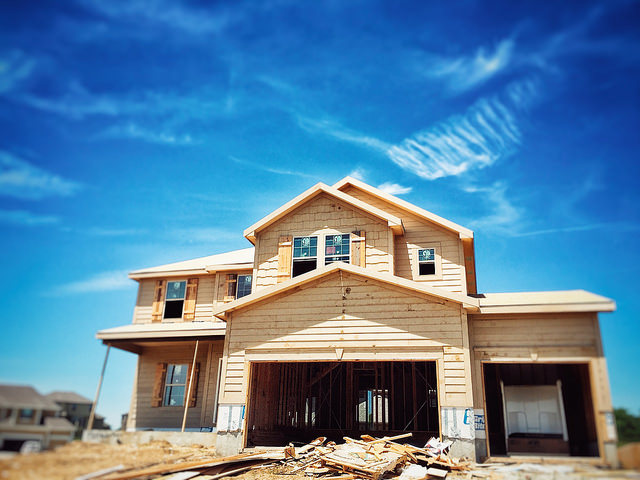When a buyer has their offer accepted by a home seller, a contract is signed. The transaction isn’t closed, though, until after the details of the home’s sale and financing have been worked through. During that process, the home’s sale is considered pending. Typically, there are several weeks between signing a contract and closing, which is why contract signings are considered an important indicator for the housing market. After all, most signed contracts lead to closed sales, so they’re a good predictor of future sales numbers. That’s why the National Association of Realtors tracks them each month with their Pending Home Sales Index. In June, the index fell 8.6 percent. It’s now down 20 percent from where it was last year at the same time. NAR chief economist, Lawrence Yun, says rising mortgage rates are behind the decline. “Contract signings to buy a home will keep tumbling down as long as mortgage rates keep climbing, as has happened this year to date,†Yun said. “There are indications that mortgage rates may be topping or very close to a cyclical high in July. If so, pending contracts should also begin to stabilize.†Yun expects sales to fall in 2022 but begin rising again next year. (source)













